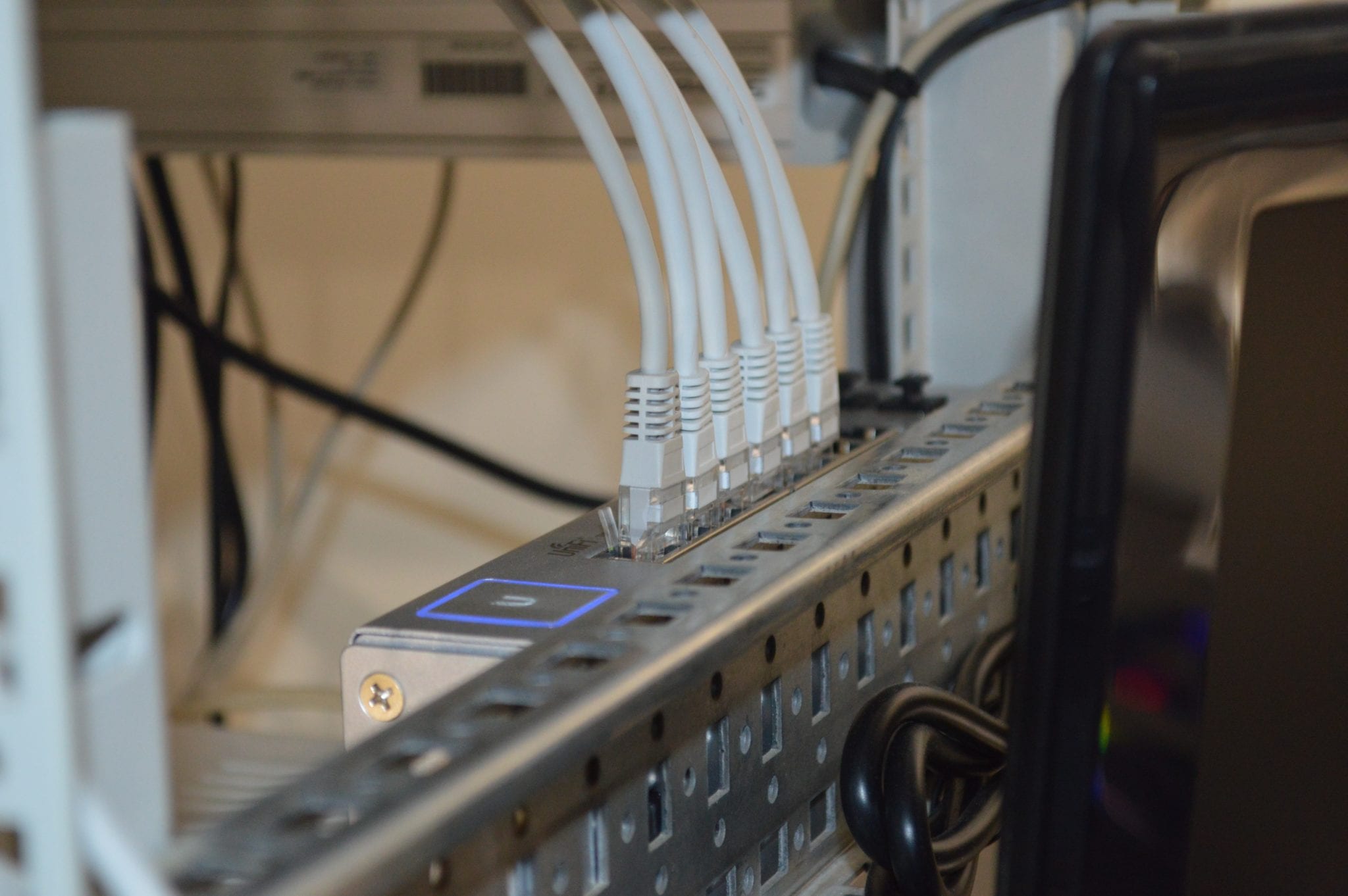For information about how Screenfluence can help your business with digital signage, please don’t hesitate to contact us by calling 1-844-772-7336 or emailing info@screenfluence.com.
Contact Us
So, you’ve made the excellent decision to introduce digital signage to your place of business. Congratulations! The growth in your company culture and an increased excitement felt among your visitors are inevitable. But how do you get started? How do you set everything up? It’s important to organize and plan your digital signage installation.
Opt for Ethernet over Wi-Fi.
You will be able to design your digital signage displays from a remote location and have them broadcast on your screens in any way you see fit. But in order for those broadcasts to actually take place, you’ll need an internet connection. Will you be using Wi-Fi?
It’s important to keep in mind that in order for Wi-Fi to be effective, it needs to be in range. If you wish to use Wi-Fi, consider how far your modem is from the digital signage screens that will display your messages. You’ll also want to consider taking measures to avoid hacking. The last thing you want is for unsolicited messages and images to appear on your TVs. To help with this, avoid using a guest Wi-Fi.
We highly recommend using Ethernet to connect your digital signage, as it is more reliable than Wi-Fi. “Ethernet is just plain faster than Wi-Fi—there’s no getting around that fact,” agrees Chris Hoffman on HowToGeek.com. He also points out that “Wi-Fi is subject to a lot more interference than a wired connection.” To eliminate potential interruptions to the messages on your digital signage, take the Ethernet route.
Run your cables before the TV is installed.
This is a great way to both save time and create less mess. Have you located a spot in your place of business where you’d like to display your digital signage? Great! Now consider whether or not it is feasible to run cables through to that location. Ideally, of course, it would be best to have those cables hidden behind the walls. Make sure you’re able to discreetly run cables to your desired TV location before having the screen installed.
Will you be using an HDMI splitter or other components?
If so, be sure to plan out their positions before installing the TV. Remember that the longer the cable length, the higher the price of the product.
We recommend that you take advantage of in-wall cable management kits. They give you everything you need to run television cables behind your wall in one simple box. These kits also help you to stay compliant with fire and electrical codes. Follow the instructions carefully and you’ll have a neat and tidy digital signage set up.
Make sure there is enough power before the TV is on the wall.
Now that you know your cables can reach the desired location of your TV, it’s vital to make sure the power cord can do the same. Can you get enough electricity to the location of the TV? Considering your power source has to be a top priority. Running extension cables can deteriorate the power strength.
On Puls.com, Jake Sherman writes that choosing the wrong location is a top mistake people make when mounting their TVs. “From viewing angle and sun exposure, to where you’re going to keep your connected devices, to the location of the nearest power outlet (believe us, you don’t want to finish mounting your TV and then realize the plug won’t make it to the wall),” he warns.
To successfully set up your digital signage, it’s a must you focus on organization and planning. Too often, people will often think of all these things AFTER their TVs are installed. This causes unnecessary issues. Avoid them!
For more help with properly implementing your digital signage, please don’t hesitate to give Screenfluence a call at 1-844-772-7336. You can also email us at info@screenfluence.com.


